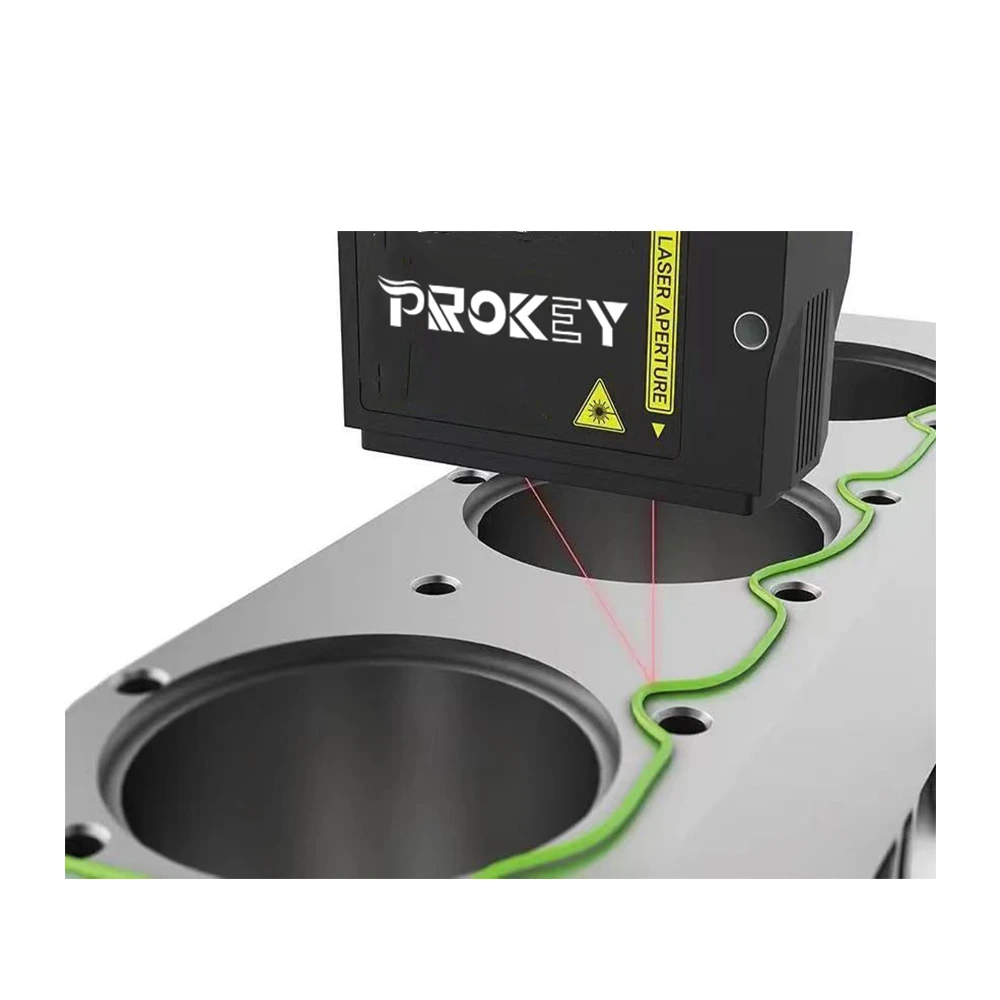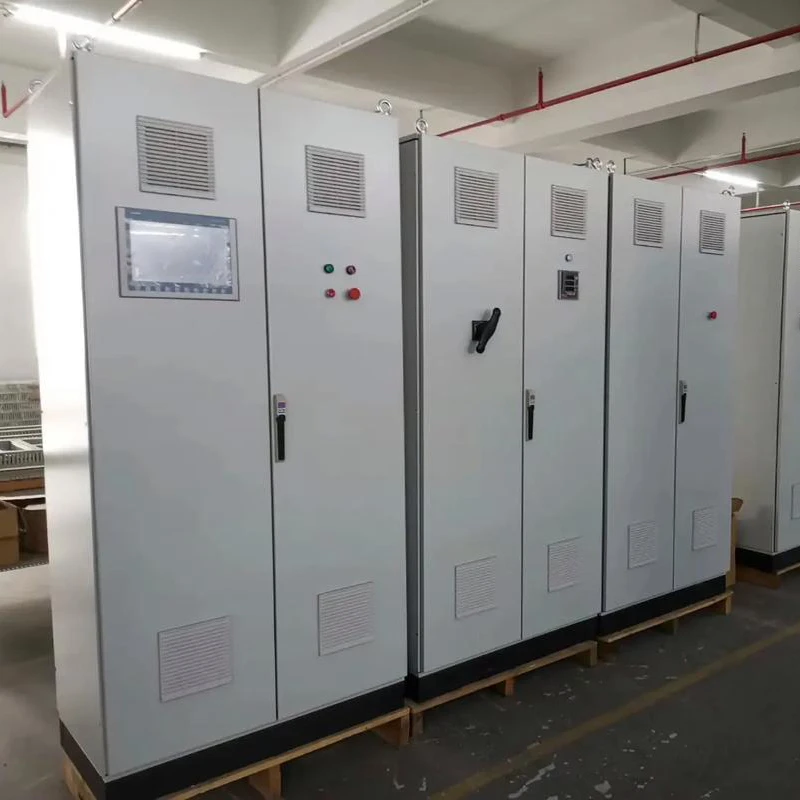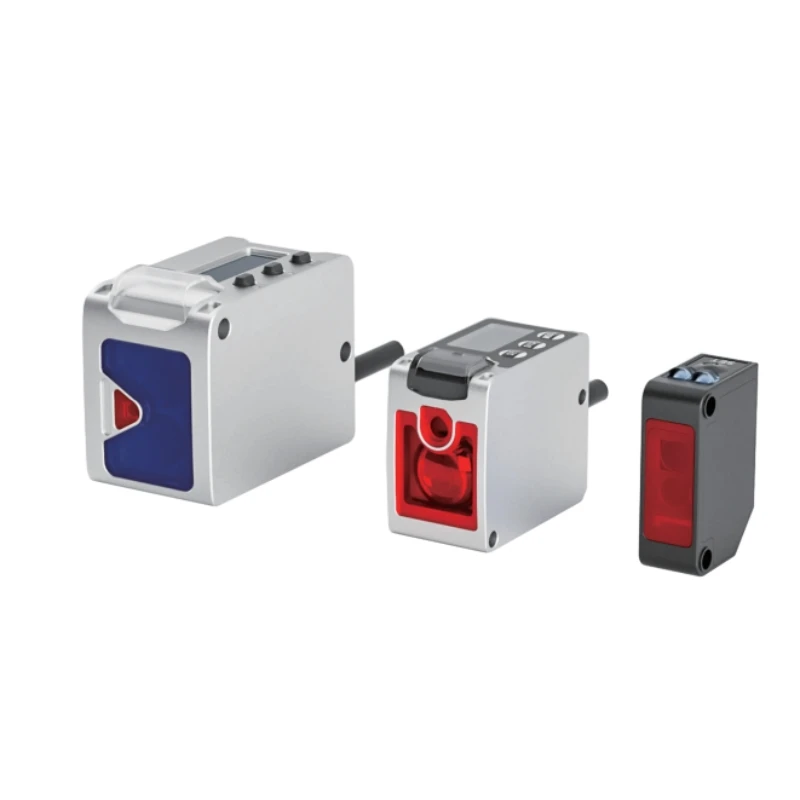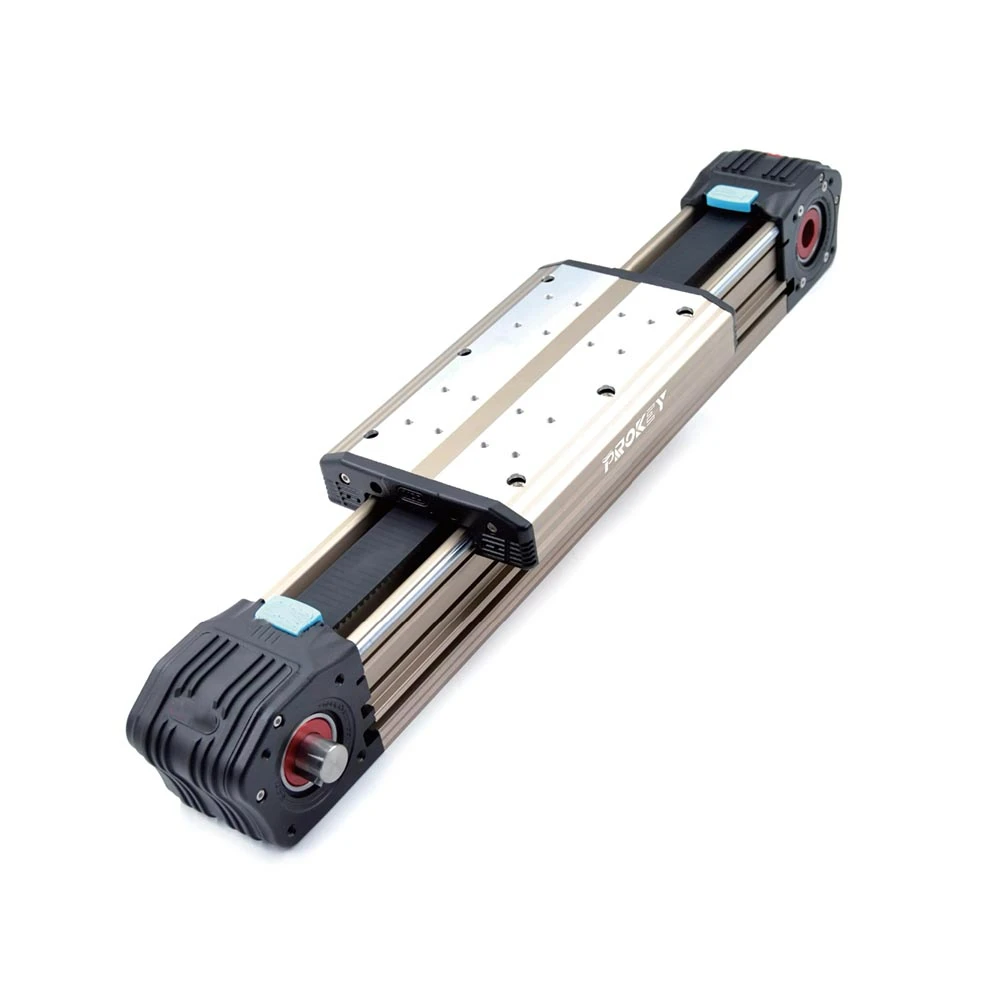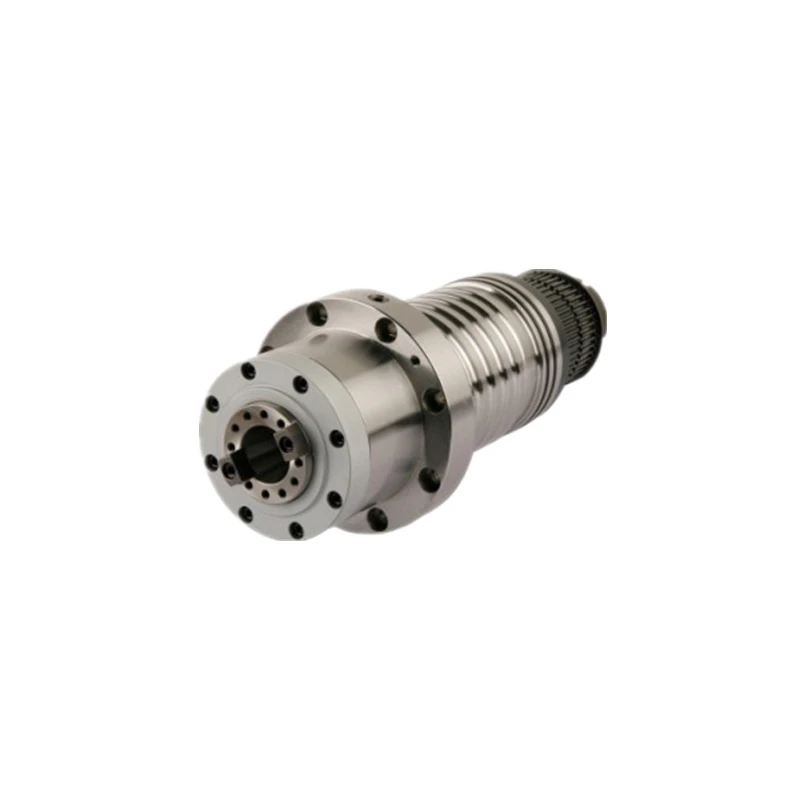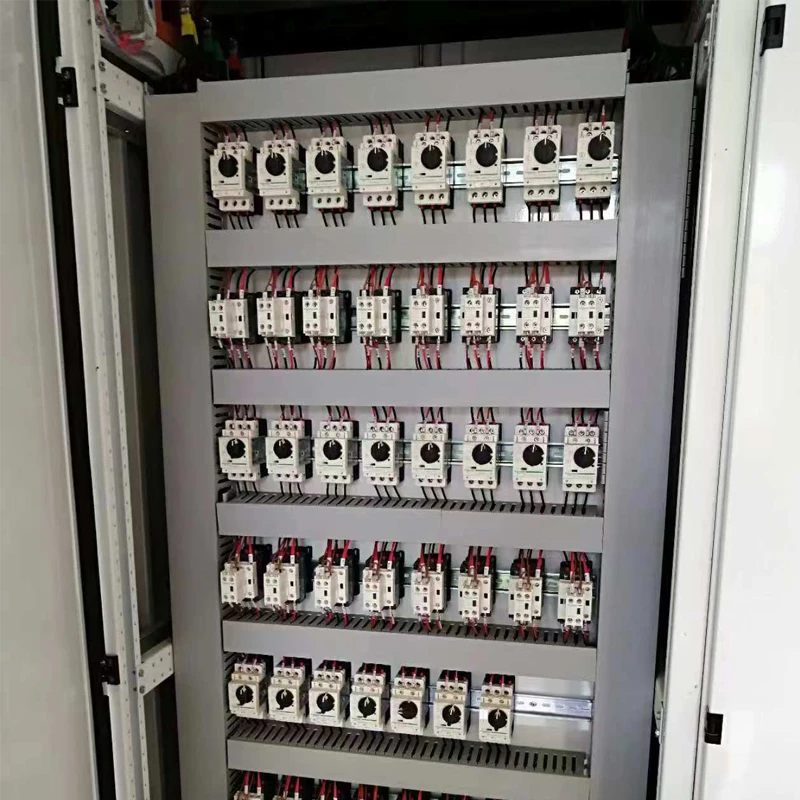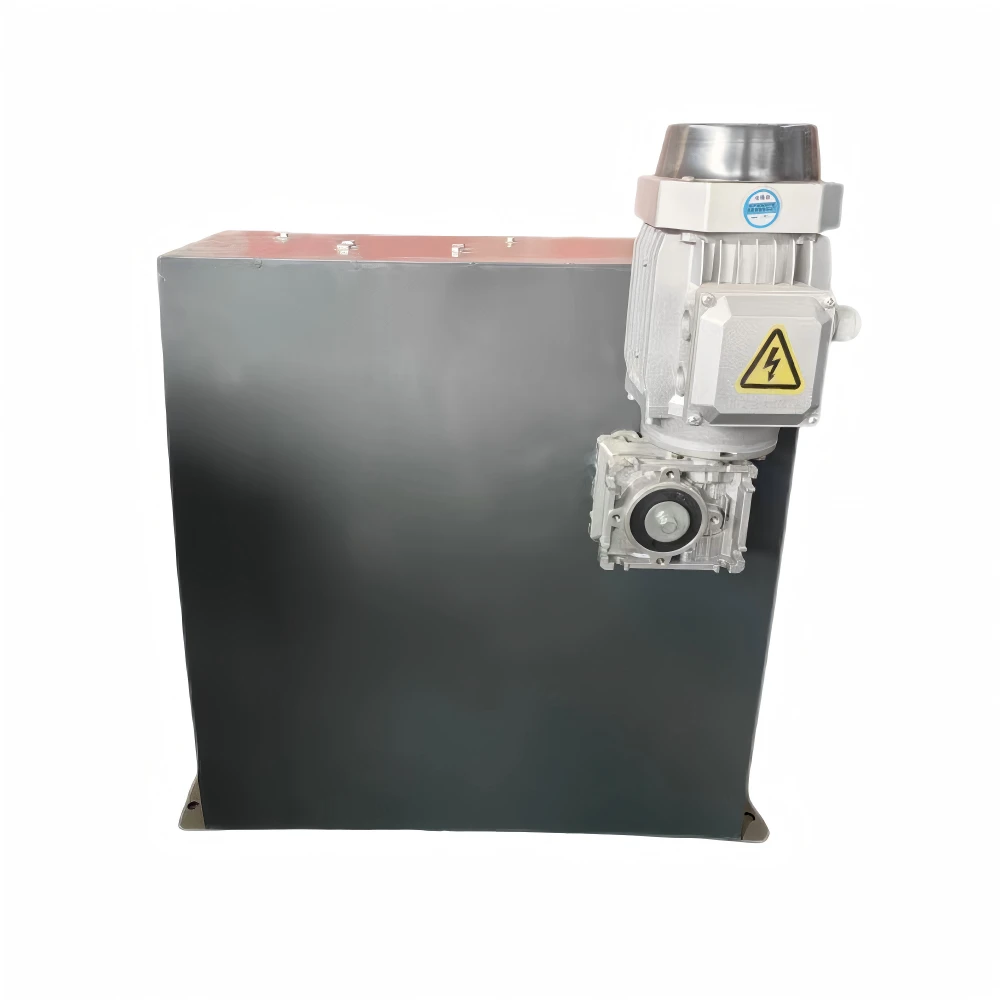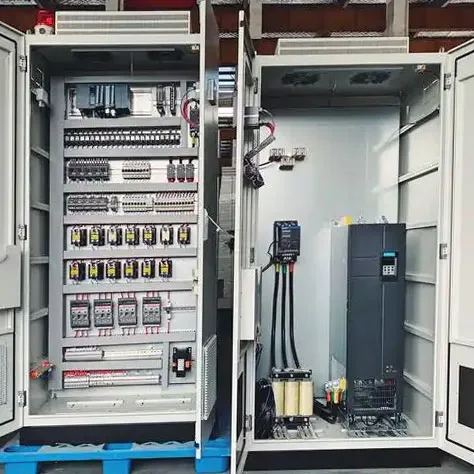2 月 . 18, 2025 09:52 Back to list
Linear Slide Bearings in Precision Machinery: Key Benefits and Challenges
In precision machinery, where accuracy and reliability are paramount, the role of linear slide bearings cannot be overstated. These components enable smooth, precise motion in equipment ranging from CNC machines to robotics and high-end manufacturing systems. Linear slide bearings support linear motion while minimizing friction, offering several benefits that enhance the overall performance and longevity of machinery. However, despite their advantages, they also come with certain challenges that need to be managed for optimal operation. This article delves into the key benefits and challenges of linear slide bearings in precision machinery.

The Role of Linear Slide Bearings in Precision Machinery
Linear slide bearings are integral to systems that require linear motion with high precision and minimal wear. These bearings are designed to facilitate movement along a straight line, allowing machines to perform complex operations with a high degree of accuracy. They are often found in applications such as CNC (computer numerical control) machines, robotics, and even medical equipment, where precision is crucial to ensuring the quality and functionality of the final product.
By reducing friction and wear, linear motion bearing provide smoother motion, higher repeatability, and better overall performance. Whether used in a multi-axis CNC machine, an automated assembly line, or a robotic arm, these bearings play a pivotal role in maintaining consistent precision over time.

Key Benefits of Linear Slide Bearings
Enhanced Precision and Accuracy
In precision machinery, the demand for exact positioning is critical. Linear slide bearings excel in ensuring that components remain aligned and move in a predictable manner. They minimize deviations in motion, which is essential for high-precision tasks like engraving, milling, and assembly. The smooth motion provided by these bearings directly translates into more accurate results in machining, ensuring that parts meet tight tolerances and high standards of quality.
Improved Load Capacity and Stability
One of the standout benefits of slide bearing is their ability to handle substantial loads while maintaining stability. In industries like aerospace, automotive, and manufacturing, machinery often needs to operate under heavy loads while maintaining its integrity and precision. Linear slide bearings can accommodate various load types, including dynamic and static loads, without compromising motion smoothness. This load-handling capacity ensures that high-performance machinery can operate effectively without excessive wear on the bearings or other components.
Reduced Friction and Wear
Linear slide bearings are designed to reduce friction, which is crucial for maintaining the longevity and efficiency of machinery. Lower friction not only results in smoother motion but also reduces heat generation, which can lead to the degradation of both the bearing and surrounding components. By minimizing wear and tear, linear slide bearings help extend the lifespan of precision machinery, thereby reducing the frequency and cost of maintenance and replacements.
Increased Speed and Efficiency
The ability to move with minimal resistance allows machinery to operate at higher speeds. In fast-paced industrial environments, the need for rapid yet precise movements is paramount. Linear slide bearings facilitate high-speed operations without sacrificing accuracy. This capability is particularly valuable in industries like electronics manufacturing, where quick production cycles and high throughput are essential to meet demand.
Challenges of Linear Slide Bearings in Precision Machinery
Susceptibility to Contamination
While linear slide bearings are highly efficient, they are susceptible to contamination, which can significantly affect their performance. Dust, dirt, and other foreign particles can infiltrate the bearing, increasing friction and causing wear. In industries where cleanliness is crucial, such as semiconductor manufacturing or medical equipment production, this can pose a challenge. Regular maintenance and the use of protective seals and covers can mitigate this issue, but it requires additional attention and cost.
Initial Cost and Complexity
Linear slide bearings, particularly high-quality variants used in precision machinery, can be expensive. The cost of acquiring, installing, and maintaining these bearings is often higher compared to traditional bearing systems. Additionally, selecting the right linear slide bearing for a specific application requires a thorough understanding of the machinery’s needs and the bearing’s specifications. This complexity can be a barrier for smaller companies or for applications with tight budgets, even though the long-term benefits may outweigh the initial cost.
Alignment and Installation Challenges
Achieving proper alignment during installation is crucial for the optimal functioning of linear slide bearings. Misalignment can lead to uneven wear, reduced efficiency, and even failure of the bearing system. For high-precision machinery, the alignment must be perfect to ensure smooth and accurate motion. Installing linear slide bearings can be a complex and time-consuming process, requiring skilled professionals and careful calibration to avoid operational issues down the line.
Temperature Sensitivity
Linear slide bearings, like many mechanical components, are sensitive to temperature fluctuations. Extreme temperatures—either high or low—can alter the properties of the bearing material, causing expansion, contraction, or even lubrication failure. This is especially relevant in industries that operate in fluctuating or harsh environments. For instance, in aerospace or automotive sectors, where precision machinery may be exposed to wide temperature ranges, special materials and lubrication methods must be used to ensure reliable performance.
Overcoming the Challenges With Linear Slide Bearings
While there are several challenges associated with linear slide bearings, many of them can be mitigated with proper planning, maintenance, and material selection. To address contamination, companies can use sealed or shielded bearings that prevent dirt and debris from entering the system. Additionally, regular cleaning and lubrication schedules are essential to maintain bearing performance and longevity.
For temperature sensitivity, selecting bearings made from materials with higher resistance to temperature changes, such as ceramic or advanced composites, can help maintain their functionality in extreme environments. Furthermore, the initial cost and installation complexity can be minimized by working with experienced engineers who can ensure proper selection, alignment, and integration of the bearings into the system.
-
Why Steel Mills Rely on FODA’s High-Temperature Cylindrical Roller Bearings?
NewsApr.10,2025
-
What is a Plain Bearing? A Complete Guide to Design & Functionality
NewsApr.10,2025
-
Thrust Ball Bearings vs. Tapered Roller Bearings: FODA’s Performance Comparison
NewsApr.10,2025
-
The Engineering Behind FODA Thrust Ball Bearings: Precision for High-Speed Applications
NewsApr.10,2025
-
No More Compromises: Get Precision-Engineered Custom Bearings Tailored to Your Exact Specifications
NewsApr.10,2025
-
In-Depth Analysis: Application Differences of Different Types of Angular Contact Ball Bearings
NewsApr.10,2025
Products categories



